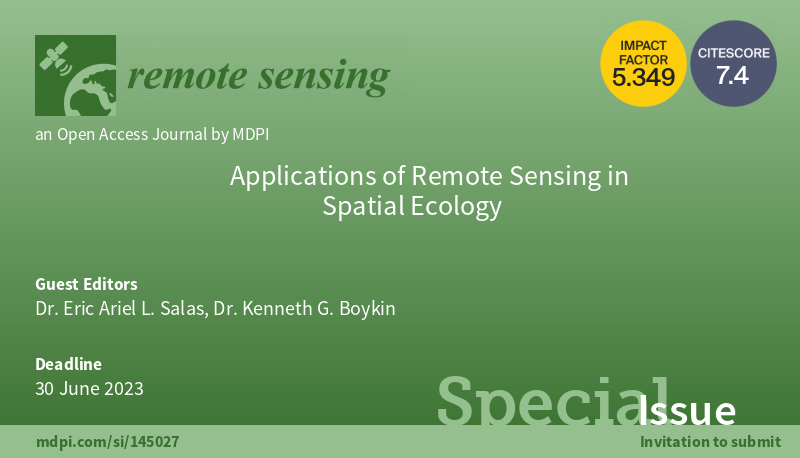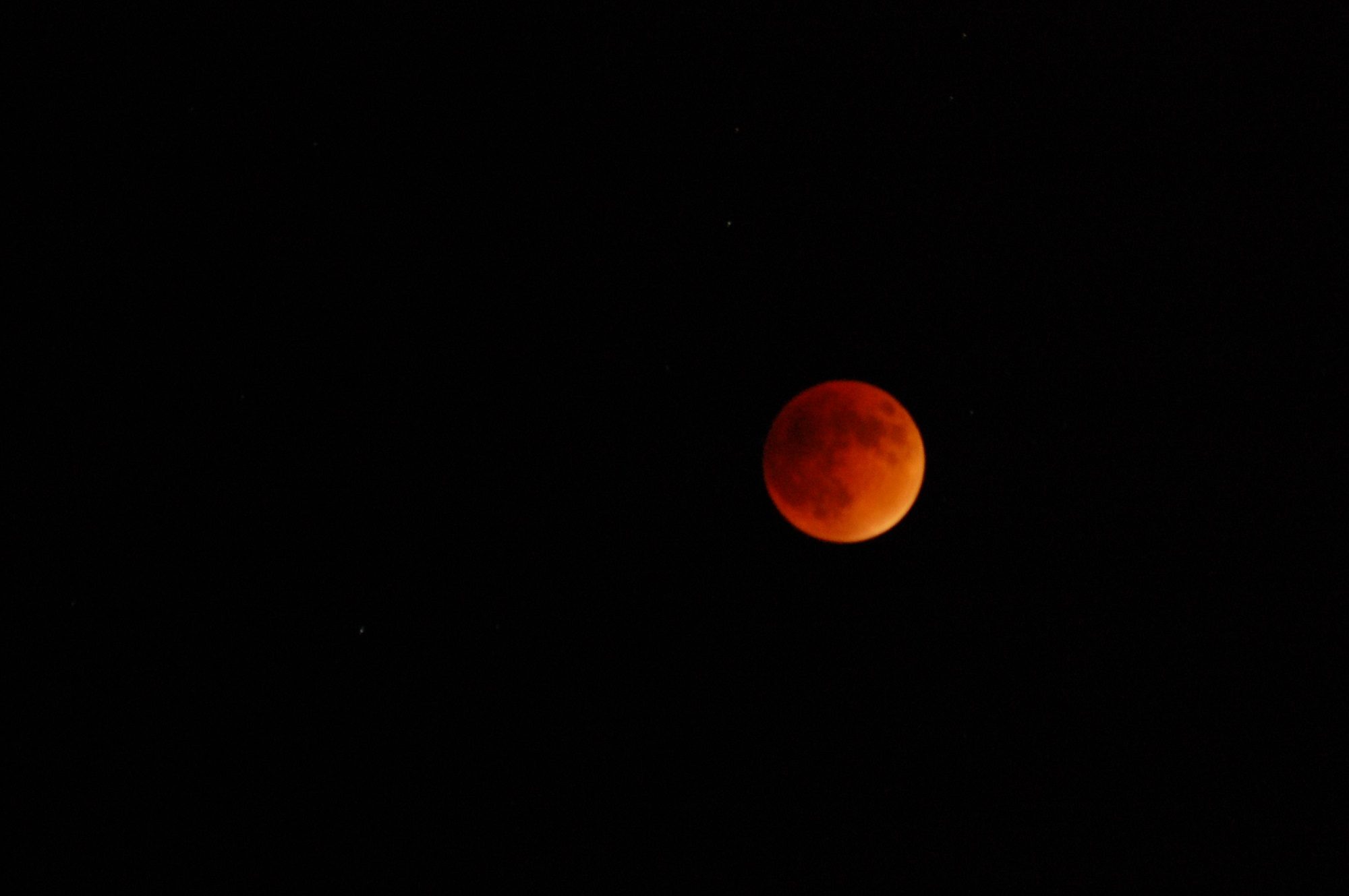I am one of the guest editors of a Special Issue “Applications of Remote Sensing in Spatial Ecology” for the Remote Sensing journal.
Submit your manuscripts here. Deadline for manuscript submissions: 30 June 2023

Special Issue Information
Dear Colleagues,
The study of spatial ecology offers a compelling opportunity to integrate robust ecological concepts with their application to habitat conservation and ecosystem services. Defining how a species responds to environmental conditions that affect its ecology is important for biodiversity preservation and the restoration of threatened habitats.
In recent years, spatial ecology has used remote sensing tools and datasets to analyze trends in a variety of research fields, including landscape ecology (e.g., the relationship of spatial patterns to ecological processes), conservation biology (flora and fauna), population ecology, and even carbon sequestration modeling.
This Special Issue welcomes articles that examine ecological topics using remote sensing datasets from satellites, aircraft, UAV, and other sources, including but not limited to:
- Interactions between species, range analysis of several species, and how they use diverse habitats across landscapes;
- Identification of the causes of species loss and the drivers of biodiversity change (e.g., climate, anthropogenic factors);
- Development of algorithms for analyzing ecological data at various spatial scales;
- Natural resource management (e.g., forestry, watershed, soil) and ecologically based agriculture concerns;
- Numerous tools, such as Google Earth Engine.
Dr. Eric Ariel L. Salas
Dr. Kenneth G. Boykin
Guest Editors
